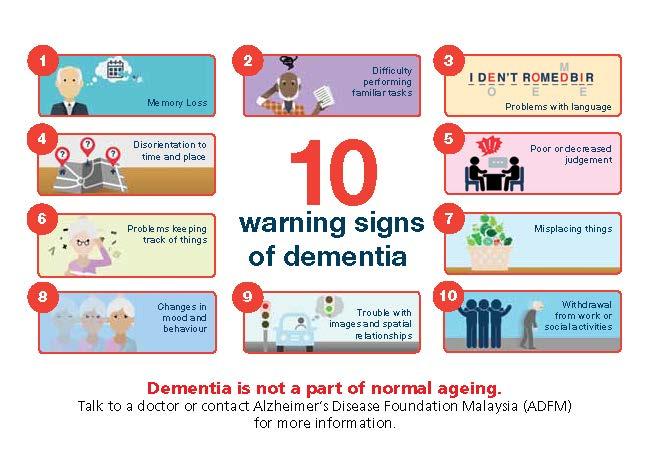In the quiet corners of our daily routines, an unsuspecting habit might be silently chipping away at our cognitive resilience. As we navigate the complex landscape of brain health, recent research suggests that a seemingly innocuous activity could be sowing the seeds of potential neurological vulnerability. This exploration delves into the intricate connection between a common behavior and the heightened risk of dementia, challenging our understanding of seemingly harmless choices that might unknowingly impact our long-term mental well-being. In an era of constant digital connectivity, a surprising culprit might be silently contributing to cognitive decline.Recent scientific research has uncovered a potential link between prolonged sedentary behavior and an elevated risk of mental deterioration.
Studies conducted across multiple international research centers suggest that extended periods of physical inactivity could substantially impact brain health. Individuals spending considerable time seated, especially during leisure activities, might potentially be inadvertently increasing their vulnerability to neurological challenges.
Neurologists have observed that prolonged sitting disrupts critical metabolic processes within the body. When people remain stationary for extended periods, blood circulation becomes restricted, possibly reducing oxygen flow to the brain. This diminished cerebral circulation might contribute to neuronal damage and accelerated cognitive aging.
Thorough longitudinal studies tracking participants over decades have revealed compelling correlations. Those who maintained sedentary lifestyles demonstrated higher rates of cognitive impairment compared to more physically active counterparts.The research indicates that regular movement isn’t just beneficial for physical fitness,but crucial for maintaining neurological resilience.Metabolic changes triggered by extended sitting can lead to inflammation, insulin resistance, and reduced neuroplasticity. These physiological alterations create an habitat potentially conducive to accelerated cognitive decline. The brain’s intricate network of neurons requires consistent stimulation and efficient blood flow to maintain optimal functionality.
Experts recommend integrating movement throughout daily routines. Simple interventions like standing every 30 minutes, taking short walking breaks, or utilizing standing desks can mitigate potential risks. Even moderate physical activity—such as brief walks or light stretching—can significantly counteract the negative consequences of prolonged sedentary behavior.
Emerging research also highlights the interconnectedness of physical activity and cognitive preservation. Regular exercise stimulates neurogenesis,enhances synaptic connections,and promotes the production of neuroprotective compounds. These mechanisms act as natural defenses against potential neurological deterioration.
While more extensive research is needed to definitively establish causative relationships,the current evidence presents a compelling argument for maintaining an active lifestyle. Individuals concerned about long-term cognitive health should consider their daily movement patterns and implement strategies to reduce sedentary time.
The growing body of scientific literature underscores a fundamental truth: our bodies are designed for movement, and our brains thrive on dynamic, engaged living. By recognizing and addressing the potential risks associated with prolonged sitting, individuals can take proactive steps toward preserving cognitive function and overall neurological well-being.








